The article “French archaeologist François Desset has just deciphered 4,400-year-old Iranian writing” first appeared in Archyde.com on December 10, 2020. However, as noted to Kavehfarrokh.com by Dr. Kambiz Tabibzadeh (Eastern Kentucky University) on July 7, 2022, the Archyde.com report which contains a number of factual errors, has failed to mention that the groundbreaking research has been the result of an array of experts and not just one scholar (François Desset; associate researcher at CNRS Archaeorient from Lyon and specialist in the Bronze Age and the Neolithic in Iran). As noted by Dr. Tabibzadeh:
Dear Dr. Farrokh,
I would like to express my appreciation for your great work over the years and your excellent website and all of the fascinating material about Iran that can be accessed there.
In a recent post on your website about the decipherment of Linear Elamite my friend and colleague Francois Desset is credited as the sole author of the decipherment. That certainly was not a solo effort. I would like to inform you that Francois is a member of a team of international scholars who worked together for several years to bring the decipherment to a successful conclusion.
As reflected in the list of co-authors of our recently published article, the team consisted of Francois Desset, Kambiz Tabibzadeh, Matthieu Kervran, Gian Pietro Basello, and Gianni Marchesi. I think it would be only fair to give credit where credit is due. I am certain my colleagues would greatly appreciate the inclusion of the names of all five co-authors in your post. Thank you for your consideration.
Best regards,
Kambiz Tabibzadeh
Note the lead page of an especially important research article printed in 2022 in the scholarly peer-reviewed journal, Zeitschrift für Assyriologie, by François Desset, Kambiz Tabibzadeh, Matthieu Kervran, Gian Pietro Basello, and Gianni Marchesi:
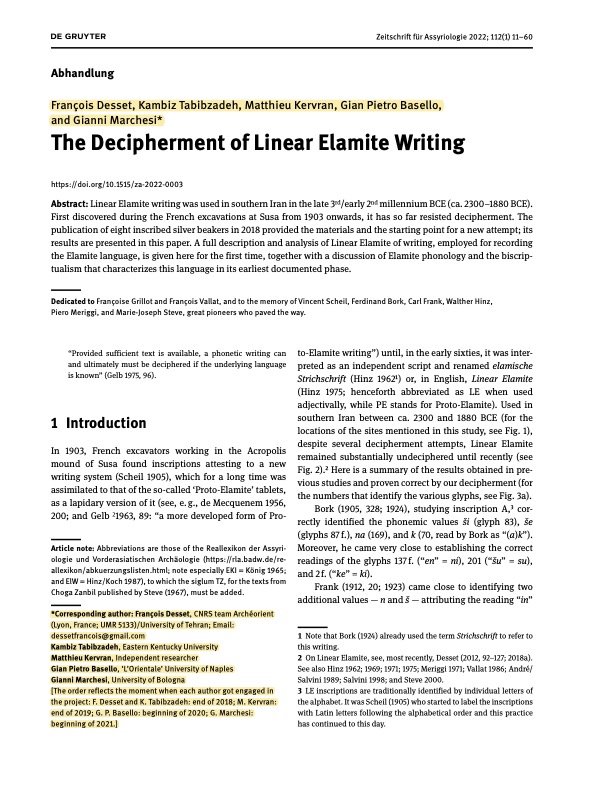
Kindly note that the full 2022 article can only be accessed at Zeitschrift fur Assyriologie’s website (in volume 112, Number 1, pages 11–60, 2022). Also of commendable note: the above article has been cited as being among among the “Best articles in Classical and Ancient Near Eastern Studies of 2022″ by the international scholarly De Gruyter venue.
As noted by François Desset the findings of the team reported in the Zeitschrift fur Assyriologie are especially significant as described by him to Archyde.com:
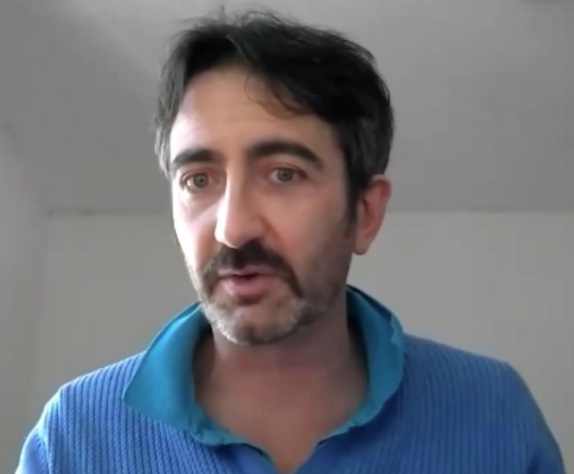
“I can now affirm that writing did not first appear in Mesopotamia alone but that two writings appeared at the same time in two different regions.” (French archaeologist François Desset (screenshot YOUTUBE / UNIVERSITY OF PADOVA). As further noted in the archyde.com article: “This is the other revolution, since until now, the world cradle of writing was Mesopotamia, present-day Iraq, formerly Babylon. With his 4,400-year-old tablets, François Desset has changed everything.”
The notion that civilization exclusively began in Babylon (a fallacy notably promoted by Western thinkers since the 19th century and earlier) has been increasingly challenged, notably by findings within Iran as well as Anatolia. Readers further interested in this topic may wish to consult the following resource:
Readers are again cautioned that while the Archyde.com article printed below correctly alludes to scholar François Desset, the same article does not mention the seminal role of scholars Kambiz Tabibzadeh, Matthieu Kervran, Gian Pietro Basello, and Gianni Marchesi. The article contains a number of factual errors in its text which have also been corrected now.
Kindly note that the version of the Archyde.com report printed below has been significantly edited from its original version (notably with the required technical corrections). The edited version below also contains images and accompanying captions that do not appear in the original Archyde.com report.
======================================================================================
François Desset, Kambiz Tabibzadeh, Matthieu Kervran, Gian Pietro Basello, and Gianni Marchesi have managed to decipher a language that has kept its mystery for millennia. The inter-disciplinary team has just decoded linear Elamite or LE (Note: LE is not of the cuneiform type). A phonetic alpha-syllabary, found on clay tablets, stone monuments, and metallic objects – these objects have variously come from the ruins of the ancient city of Susa with many others having been discovered from other locales in southwest Iran. The country was formerly called Persia and even earlier, 4,500 years ago, kingdom of Elam, hence the name of the writing in question, linear Elamite.
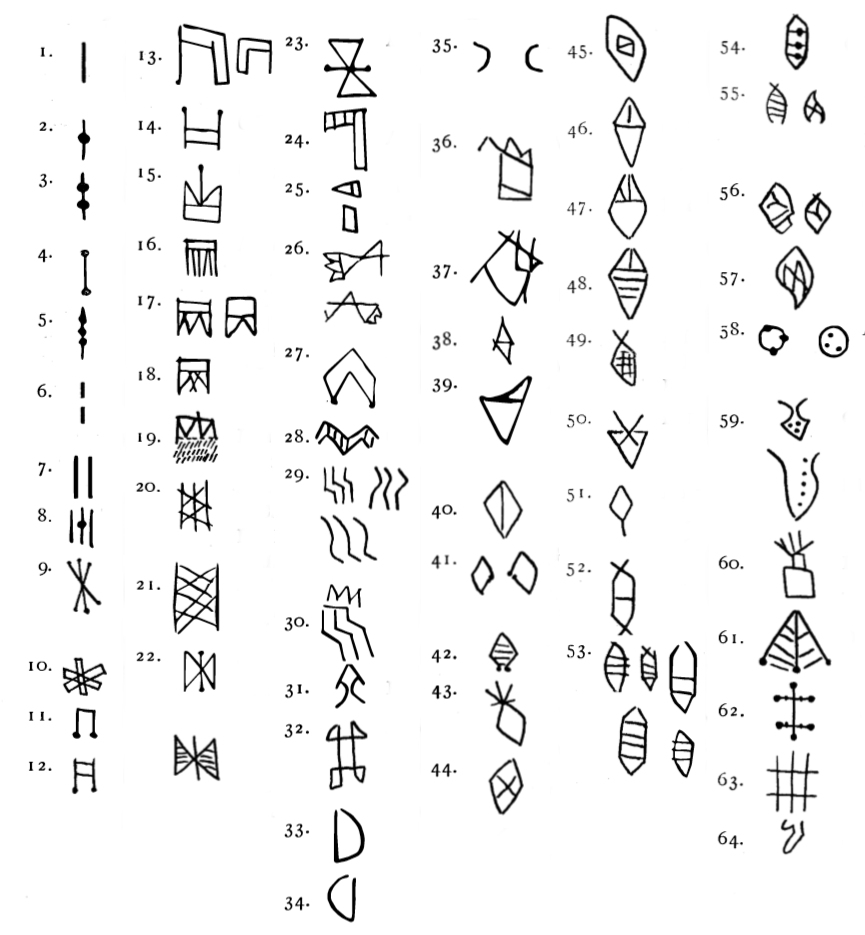
This is no small discovery: it was more than a century, in other words since the discovery in 1901 of the first tablets, that this writing system was known. But no one, despite all the attempts in 119 years, has ever found the key. No one, until François Desset, in collaboration with Kambiz Tabibzadeh, Matthieu Kervran, Gian Pietro Basello, and Gianni Marchesi. As noted by Desset to Science and the Future:
Thanks to these works, I can now affirm that writing did not first appear in Mesopotamia alone but that two writings appeared at the same time in two different regions.
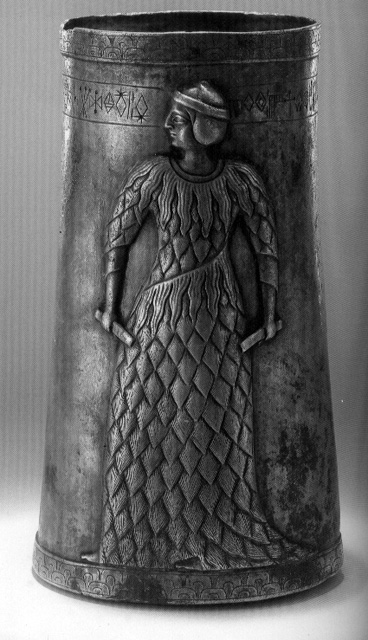
The decipherment has been the culmination of many years of painstaking work on the part of our team. …It has been a great honor and privilege for me to work with such distinguished scholars. Our team has succeeded where many notable scholars had failed in their attempts to decipher LE (Linear Elamite). In my opinion the major key to our success was the unexpected expansion of the LE corpus when new LE inscriptions became available for study and research.As a follow up to our recent publication, we are currently working on a monograph on Linear Elamite, to be published by the University of Bologna in the near future. We hope that our work will stimulate additional interest and scholarly research in the field of Elamite studies.For far too long the Elamites have been considered as relatively insignificant, culturally poor neighbors of Mesopotamia. Now for the first time they are able to speak in their own tongue through their own script! That makes me very happy indeed.Best,
Kambiz
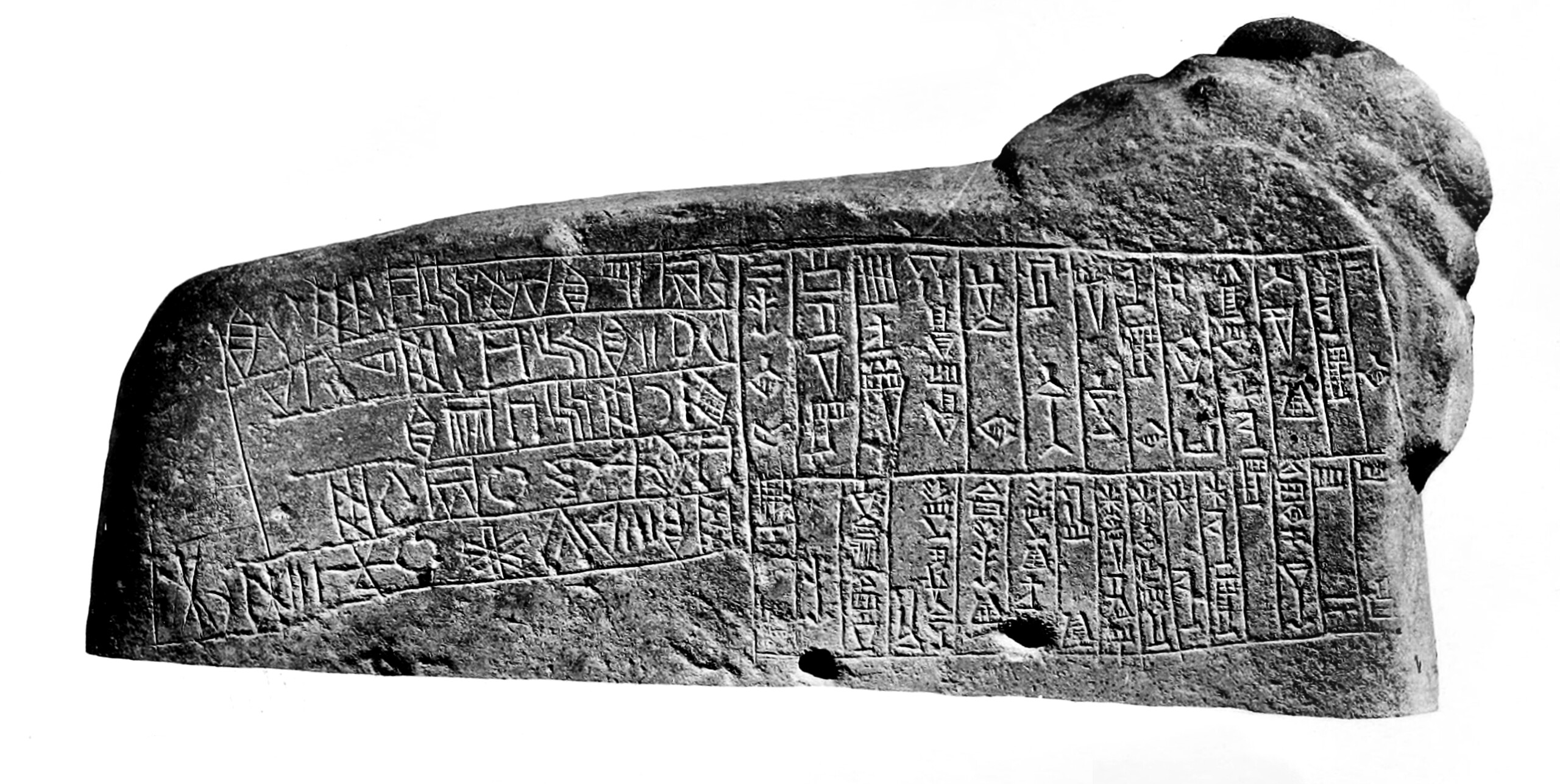
“I did not wake up one morning telling myself that I had deciphered the linear elamite, he said to it really took me ten years (…) but thanks to this work, I can now affirm that writing did not first appear in Mesopotamia alone but that two writings appeared at the same time in two different regions.“
This is the other revolution, since until now, the world cradle of writing was Mesopotamia, present-day Iraq, formerly Babylon. With the decipherment of these 4,400-years-old tablets, Desset, Tabibzadeh, Kervran, Basello, and Marchesi have changed everything.
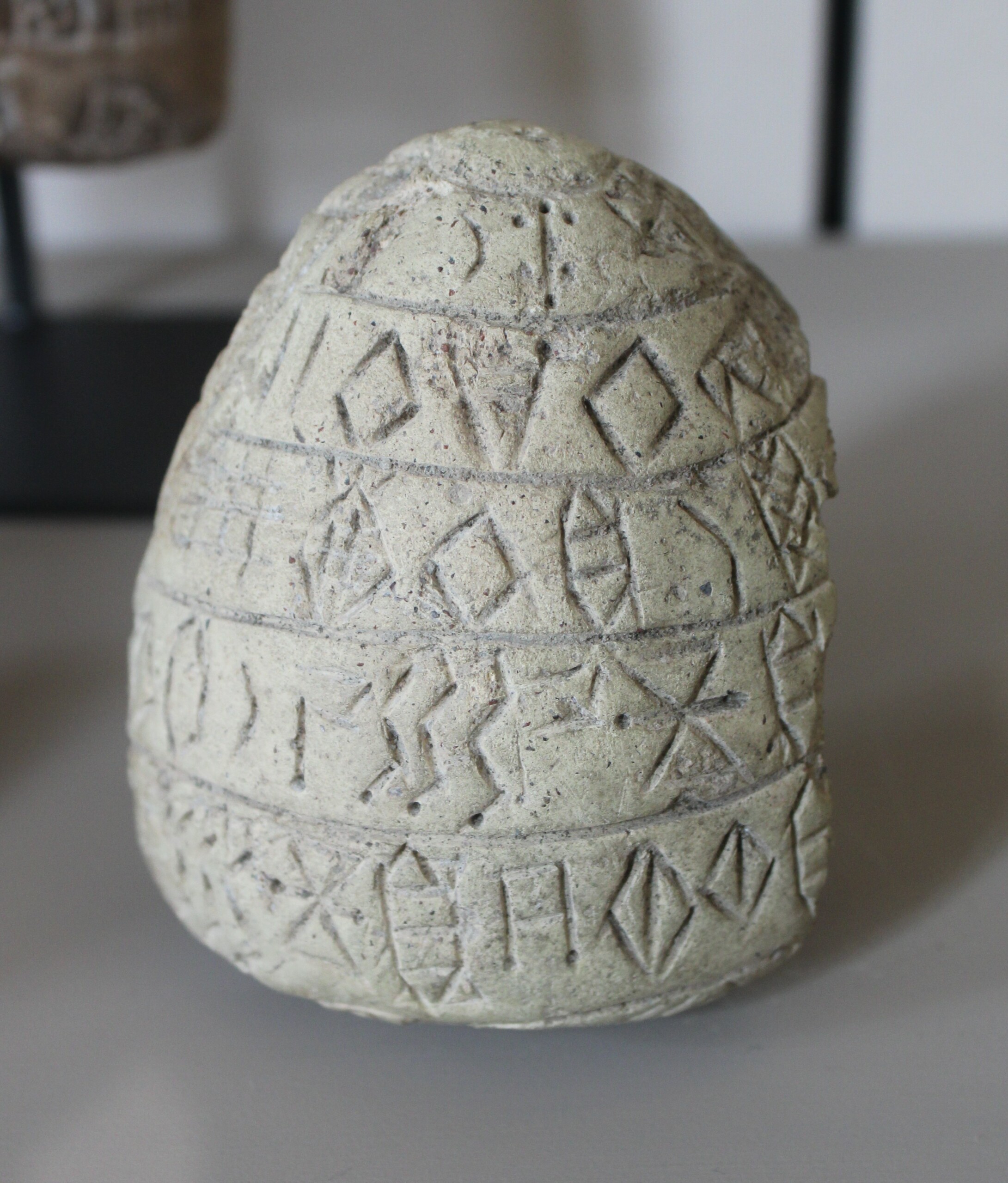
Elamite cone shaped object made of clay featuring Linear-Elamite inscription discovered in the Susa region (now housed at the Louvre Museum, Sb 17830). The object has been dated to the reign of Elamite king Puzur-Shushinak (c. 2100 BCE) (Source: Zunkir in Public Domain).
These Linear Elamite inscriptions are enough to show that the story is always more subtle and complex than a simple chronology.
In 2022, Linear Elamite writing finally can be read. The team will publish their research on the subject in appropriate scholarly outlets.



